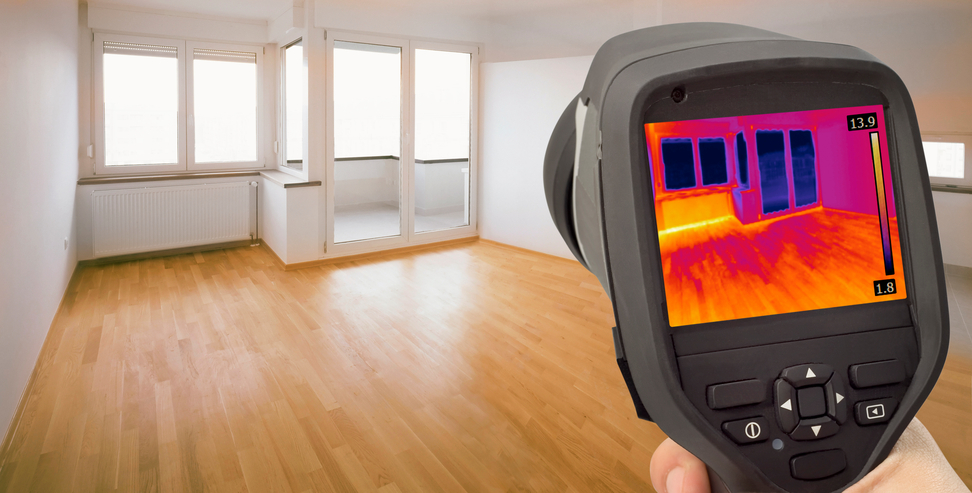Overview of Insulation Materials

This online engineering PDH course provides an overview of insulation materials including their properties, selection, applications and benefits.
Prevention of heat loss by application of insulation is the simplest method of achieving substantial economies in energy. Some estimates have predicted that insulation in US industry alone saves approximately 200 million barrels of oil every year. The other benefits include the improved productivity, enhanced environmental quality, personal safety, process control, reduction in noise levels and also the fire safety.
The most important characteristics of an insulation material is low thermal conductivity, low tendency toward absorbing water, and of course the material should be inexpensive. The type of insulation selected should be able to withstand whatever conditions it will experience without degradation. In process industry, the most common insulators are various types of calcium silicate or fiberglass. Calcium silicate is generally more appropriate for temperatures above 225°C (437°F), while fiberglass is generally used at temperatures below 225°C (437°F).
This 5 PDH online course is aimed at mechanical, chemical & process engineers; system design engineers working in process, manufacturing and engineering industries; energy auditors, operational & maintenance personnel, health & safety personnel and loss prevention engineers.
This P.Eng. continuing education course is intended to provide you with the following specific knowledge and skills:
- Understanding the application, characteristics and benefits of insulation to industry
- Learning about the key properties of thermal insulation products
- Understanding the selection aspects of insulating materials
- Learning about the organic & Inorganic type of insulation materials
- Learning how to classify of insulting materials on hot and cold surfaces
- Familiarizing with the forms and shapes of insulating materials
- Learning about insulation finishes, vapor retarders and weather barriers
- Understanding the method of installation using hangers and supports
- Familiarizing with the recommended best practices, applicable codes & standards
- Knowing the application areas such as pipelines, vessels, stacks, furnaces, kilns etc.
- Learning how to conserve energy
- Understanding the concept of economic thickness of insulation and selection alternatives
In this professional engineering CEU course, you need to review the course document titled “Overview of Insulation Materials”.
Upon successful completion of the quiz, print your Certificate of Completion instantly. (Note: if you are paying by check or money order, you will be able to print it after we receive your payment.) For your convenience, we will also email it to you. Please note that you can log in to your account at any time to access and print your Certificate of Completion.